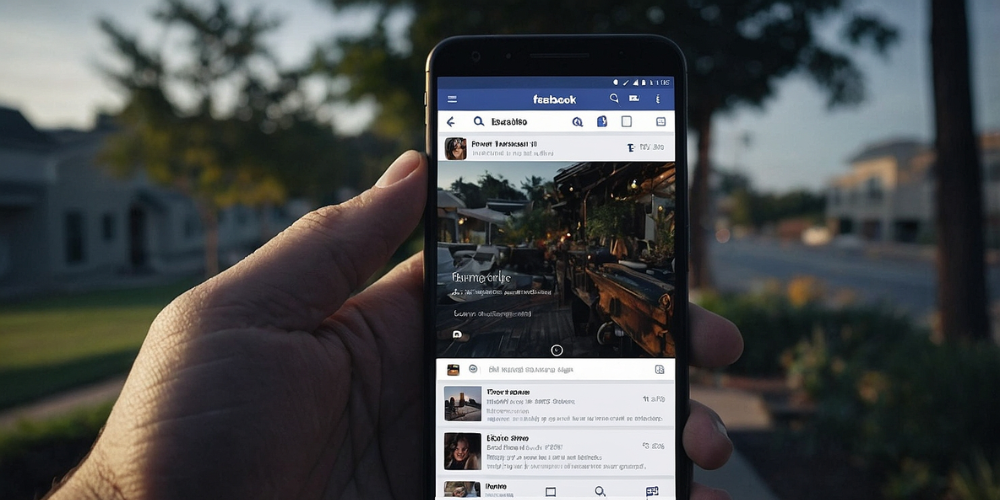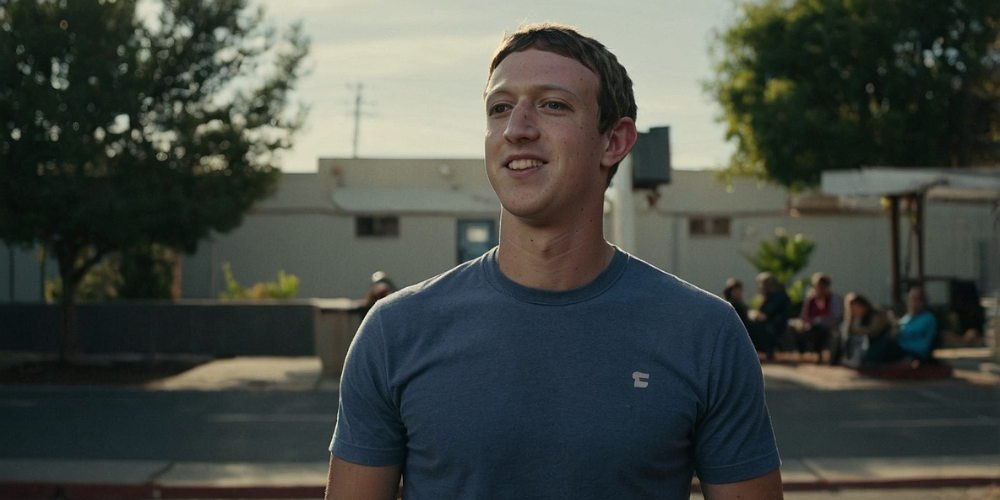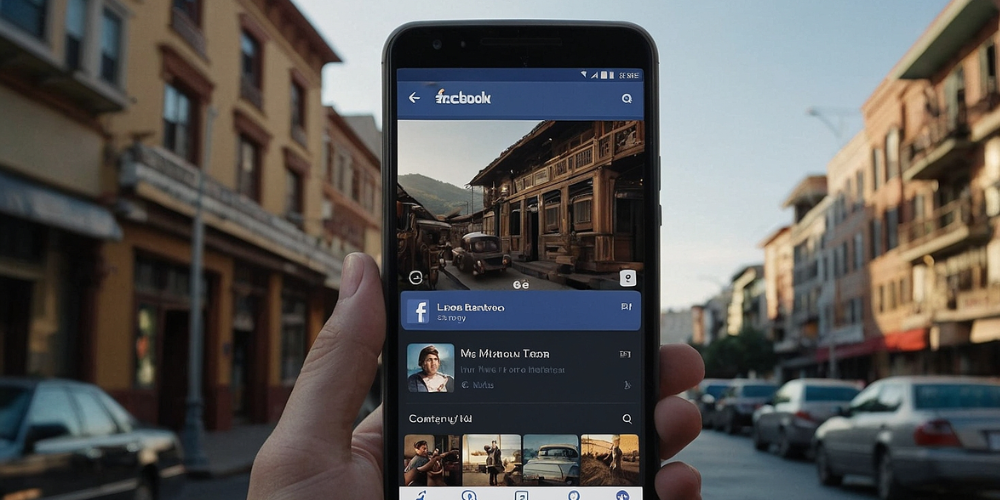The Evolution of Facebook as a Communication Tool
Nov-12-2024

When I first joined Facebook in 2006, it felt like stepping into a new realm of communication. The platform was still in its infancy, primarily known as "The Facebook," and aimed at Harvard students. I remember the excitement of connecting with friends from high school, sharing photos, and updating statuses. The simplicity of its interface allowed for an effortless exchange of ideas, and that made it truly revolutionary for me.
From Exclusivity to Accessibility
Initially, Facebook was an exclusive platform limited to university students. It wasn't long before the gates opened to the public. I vividly recall the thrill of witnessing Facebook's growth and welcoming friends from all walks of life. This shift from restricted access to a platform for all was monumental in changing how we communicated online. It felt like being part of a growing community, one that connected people across the globe.
The Rise of the News Feed
The introduction of the News Feed in 2006 was another game-changer. Suddenly, I could see what all my friends were up to in real time. This development encouraged more frequent interactions, elevating the platform from a simple social tool to a dynamic hub of news and updates. I found myself checking my feed multiple times a day, eager to see the latest posts, photographs, and thoughts from friends and family.
The Impact of Events and Groups
As Facebook evolved, I took advantage of its events and groups features. Organizing gatherings became effortless. I could send invites, share details, and keep track of attendees easily. Groups allowed me to maintain connections based on shared interests, whether they were hobbies, causes, or professional groups. This feature transformed how I communicated with others, fostering a sense of belonging.
The Mobile Revolution
The launch of the mobile app brought about another shift in how I interacted with Facebook. I could now check in wherever I was, sharing moments in real-time. Downloading the app changed everything for me, enabling constant connectivity. Whether it was posting about a lunch I was having or sharing a thought during a concert, my ability to communicate became boundless.

Photos and Sharing Culture
The transition of Facebook into a sharing platform catalyzed my involvement in online storytelling. Taking and sharing photos became a significant aspect of communication. As I shared snippets of my life—travels, celebrations, and everyday moments—I found joy in visual storytelling. It wasn’t just about updating status anymore; it was about creating a narrative of my life through images.
Messenger: A New Dimension of Communication
The introduction of Facebook Messenger marked a pivotal moment in my communication journey. It made chatting with friends instant and casual. Conversations that used to occur through lengthy wall posts now transitioned into real-time exchanges. The ability to send voice messages, emojis, and attachments added another layer of ease and expressiveness to my interactions.
Privacy Concerns and Their Influence
However, as Facebook grew, so did the concerns about privacy. I remember the discussions around data security and user information, which made me reconsider what I shared online. The evolution of privacy settings became essential for managing how I communicated, balancing openness with personal security. Navigating these changes helped me understand the significance of digital footprints in communication.
Business and Networking Opportunities
Facebook also transformed into a powerful tool for professional networking. As I began to explore career opportunities, I noticed how many businesses and professionals used the platform. It became a space not only for social interactions but also for professional growth, where I could join industry groups and follow relevant pages, fostering a blend of personal and professional communication.
Advertising and Content Creation
With the rise of targeted advertising, I started seeing promotional content tailored to my interests. This aspect of communication transformed how brands interacted with consumers. I became aware of how Facebook could influence my purchasing decisions and how brands leveraged the platform to connect with their audience. The fine line between personal communication and marketing blurred, creating a new landscape for content creation.

The Challenge of Misinformation
As Facebook expanded, it also became a platform rife with misinformation. I found myself grappling with the challenge of discerning credible information from sensationalized content. The implications of this on communication were profound. Engaging in discussions about news and current events sometimes led to heated debates, indicating how tightly woven social media could be with public discourse.
Virtual Events and Community Building
The COVID-19 pandemic further accelerated Facebook’s role as a communication tool. With physical gatherings restricted, I turned to virtual events organized through Facebook. It became a crucial outlet for maintaining social connections, allowing me to attend webinars, live concerts, and online gatherings. The ability to gather virtually reinforced Facebook's significance in fostering community during difficult times.
Integration of Other Platforms
As the platform evolved, I witnessed its integration with other social media apps. Sharing our Instagram posts directly on Facebook became second nature, creating a seamless flow of content across platforms. This interconnectivity allowed me to manage my digital footprint more efficiently, illustrating how communication has expanded beyond a single platform.
Facebook Stories: A Temporary Narrative
The introduction of Stories mirrored the success of other social media platforms, allowing me to share ephemeral content. This feature encouraged me to share more candid moments throughout my day, knowing they would disappear after 24 hours. This shift influenced my communication style, making it not just about picture-perfect posts but also about authenticity and spontaneity.
Adapting to Artificial Intelligence
In recent years, I have noticed AI features becoming more integrated into the Facebook experience. From chatbots assisting in customer support to AI algorithms tailoring my news feed, these technologies have significantly changed how I interact with the platform. The emphasis on personalized experiences has influenced my communication habits, as I receive more relevant content and advertisements based on my interactions.
The Future of Communication Through Facebook
As I reflect on Facebook’s evolution, it's evident this platform has transformed how I communicate in countless ways. From connecting with distant friends to engaging in professional networking, Facebook has adapted to our changing needs and expectations. Its continuous innovations influence my online interactions, making it a significant part of my life as a communication tool.







